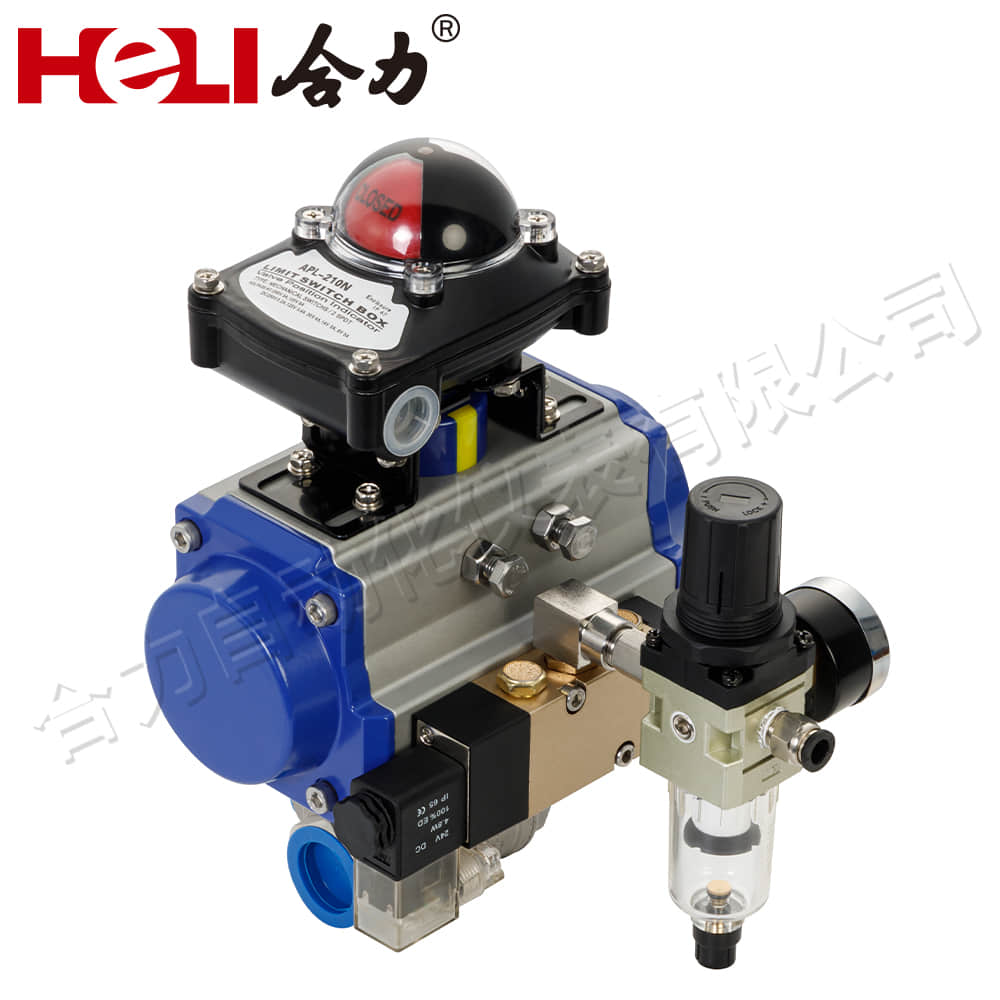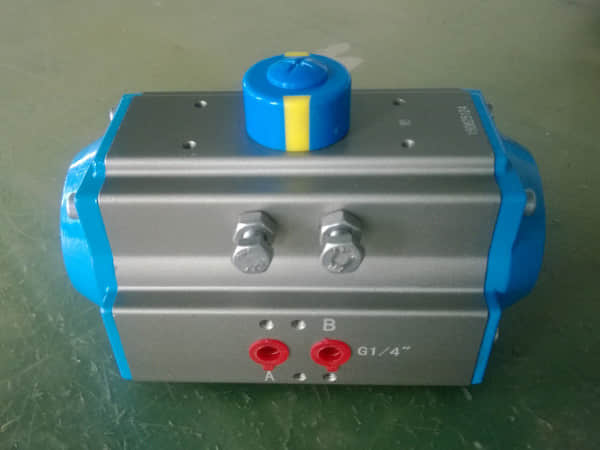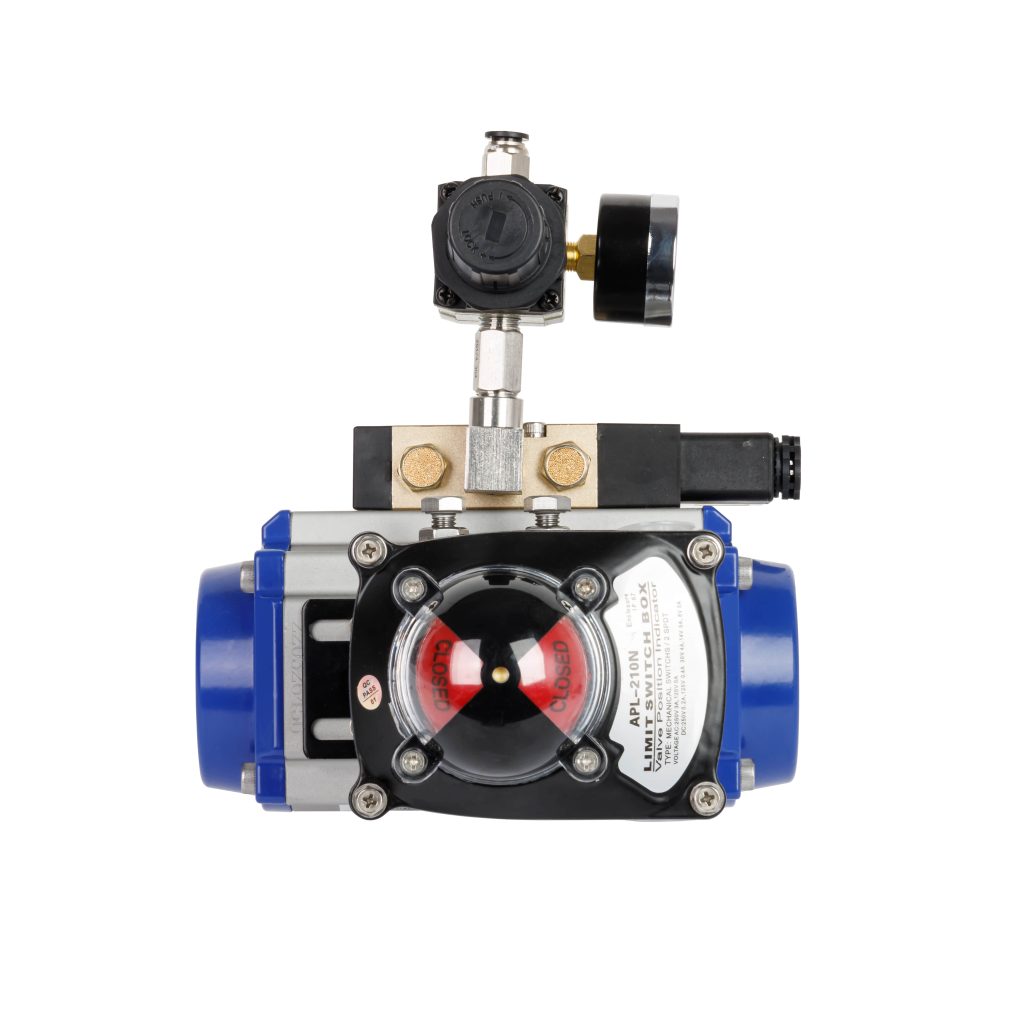In the realm of industrial automation, pneumatic actuators play a pivotal role in driving efficiency, reliability, and precision across various mechanical systems. Leveraging the power of compressed air or gases, these actuators are essential components in controlling valves, doors, pistons, and other critical machinery. This article explores the workings, advantages, applications, and future prospects of pneumatic actuators, emphasizing their indispensable contribution to modern automation.

Working Principles and Components

Pneumatic actuators operate on the fundamental principle of utilizing compressed air or gas to create mechanical motion. Typically comprising a cylinder, piston, and valves, these actuators convert energy from compressed air into linear or rotary motion, depending on the specific design and application requirements. When compressed air is introduced into the cylinder, it exerts pressure on one side of the piston, causing it to move. This movement is then transferred to the connected mechanical components, enabling functions such as opening or closing valves, adjusting positions, or actuating machinery.
